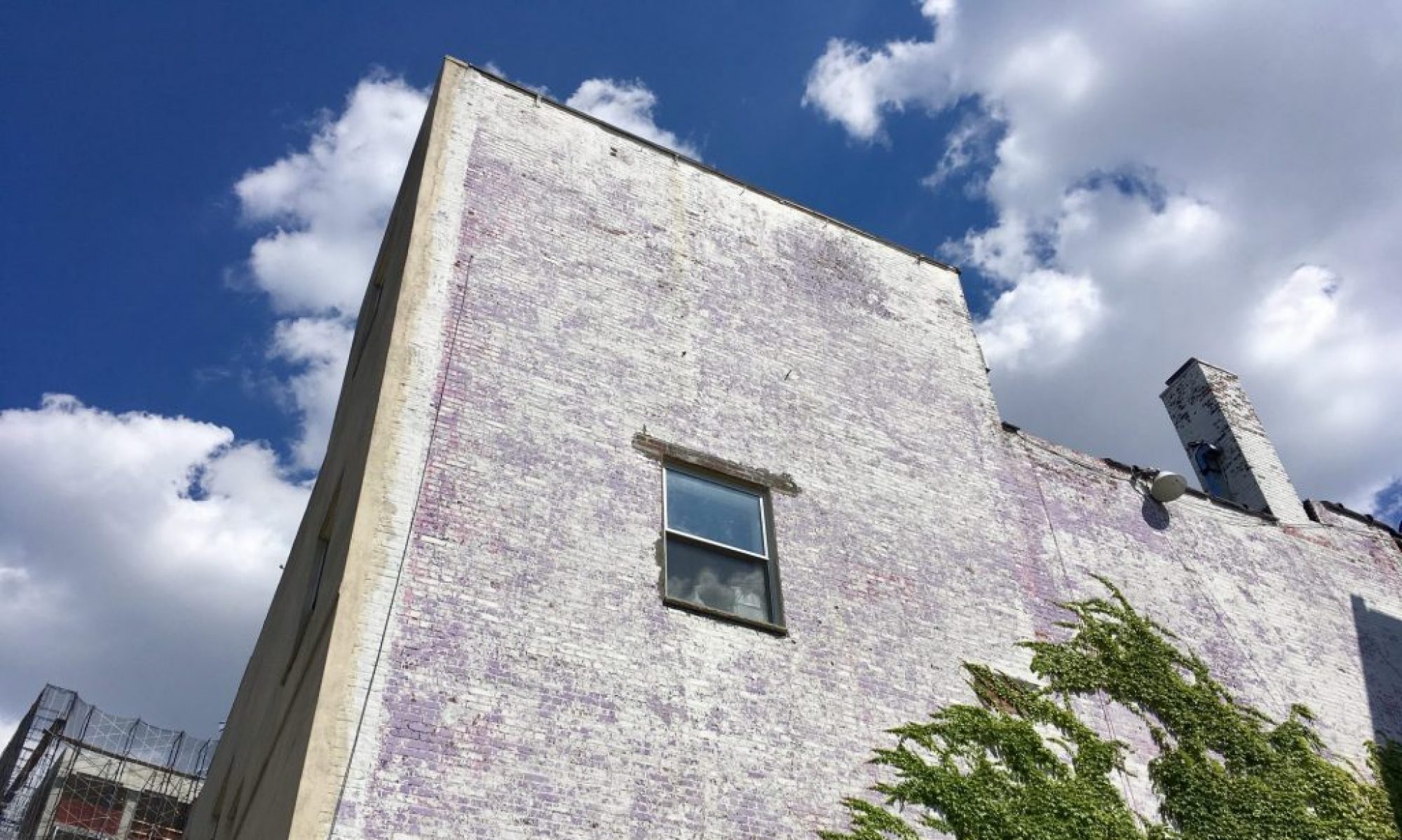Four years ago in a psychology graduate seminar, my professor mentioned an odd benchmark for determining whether a psych textbook is legit. He says he thumbs through the pages to see if it includes a tongue map. Apparently, the tongue map is to taste researchers what phrenology is to neuroscientists. Total pseudoscience. And I’d had no idea.
This morning the AIR message board greeted me with a request for hoax-themed story pitches for an April Fools Day edition of the chemistry podcast Distillations. Today’s unexpected snowfall ruined my dreams of taking the day off and exploring the Chinatown in Queens. Instead I ended up finding myself surprisingly entertained with research for this pitch:
“Remember the tongue map? Many science students today still learn that we taste sweet chemicals at the tip of our tongue, bitter in the back of our tongue, and salty and sour on the sides. Sorry kids, not only is Pluto not a planet and brontosauruses aren’t real, but the tongue map is a total myth. Thousands of students are totally getting hoaxed!
The whole idea for the tongue map came from one pretty unscientific study done by a German PhD student in 1901. His test subjects showed only slight differences in taste perception between different areas of their tongue, but Herr PhD made this data into a real nice graph for his thesis–a graph without any scale markers. The graph suggested his subjects could only perceive certain tastes on certain parts of their tongue. Other researchers liked this story. In 1942 a Harvard scientist decided to make the graph more accessible to the public. He oversimplified the 1901 results to make a tongue “map”. For over 35 years taste scientists have published studies disputing the tongue map. They keep trying to tell us that receptors for every kind of taste compound are scattered all over our tongue. Yet for some reason the tongue map still persists in many schools’ science curriculum.
I’d start out this piece with a scene of school-aged kids tasting different foods and trying to see if they can sense any kind of taste map on their own tongues. Then I’d talk with a taste researcher about how he or she is working to dispel the tongue map myth. I’ve found one of the original tongue map naysayers working a couple hours away from me at Yale, so he’d be my first pick to interview. I’d also like to visit with an educator to get his or her perspective on why the myth still gets perpetuated.”
Have you seen or heard anything about the tongue map recently?

